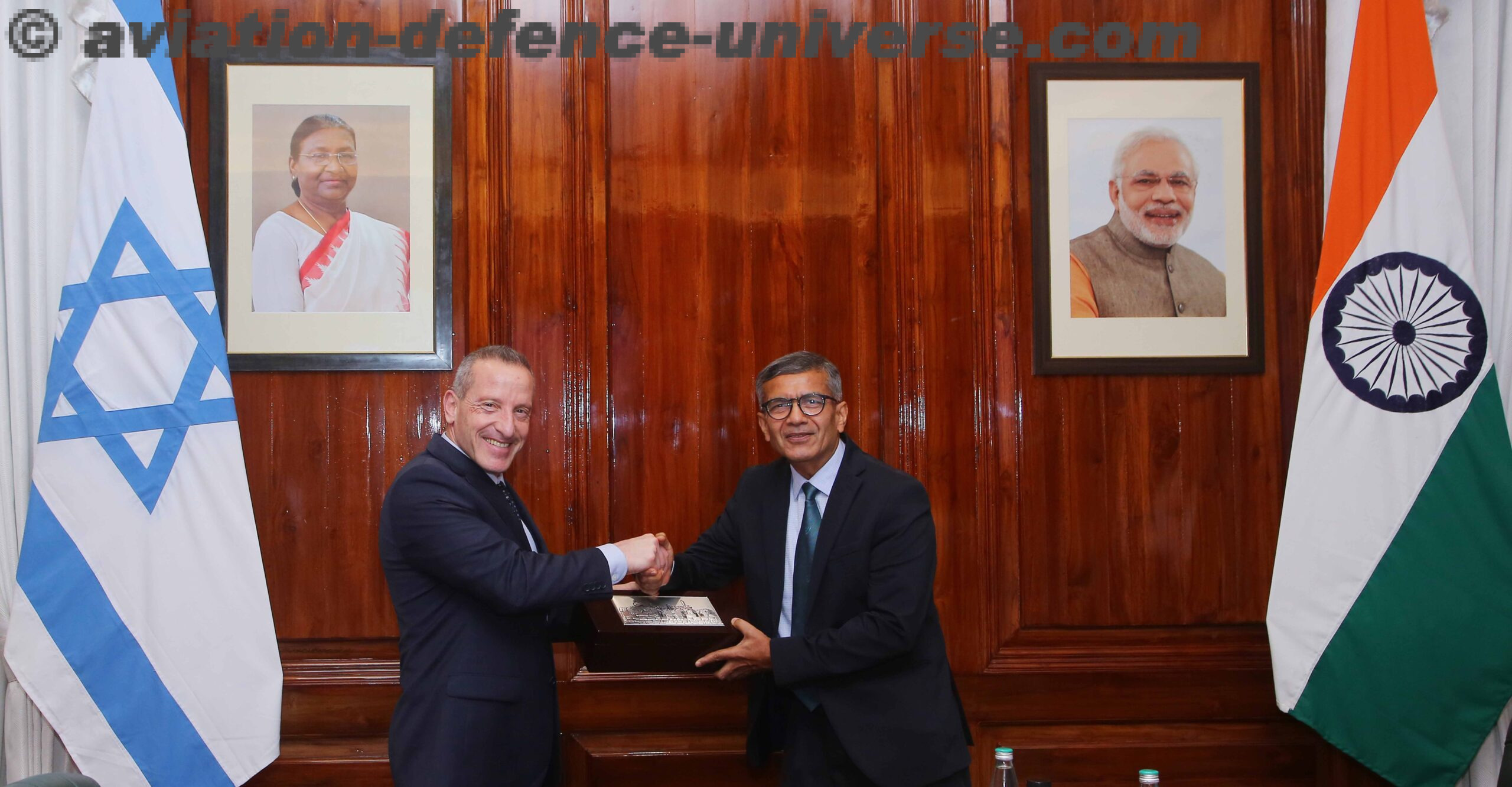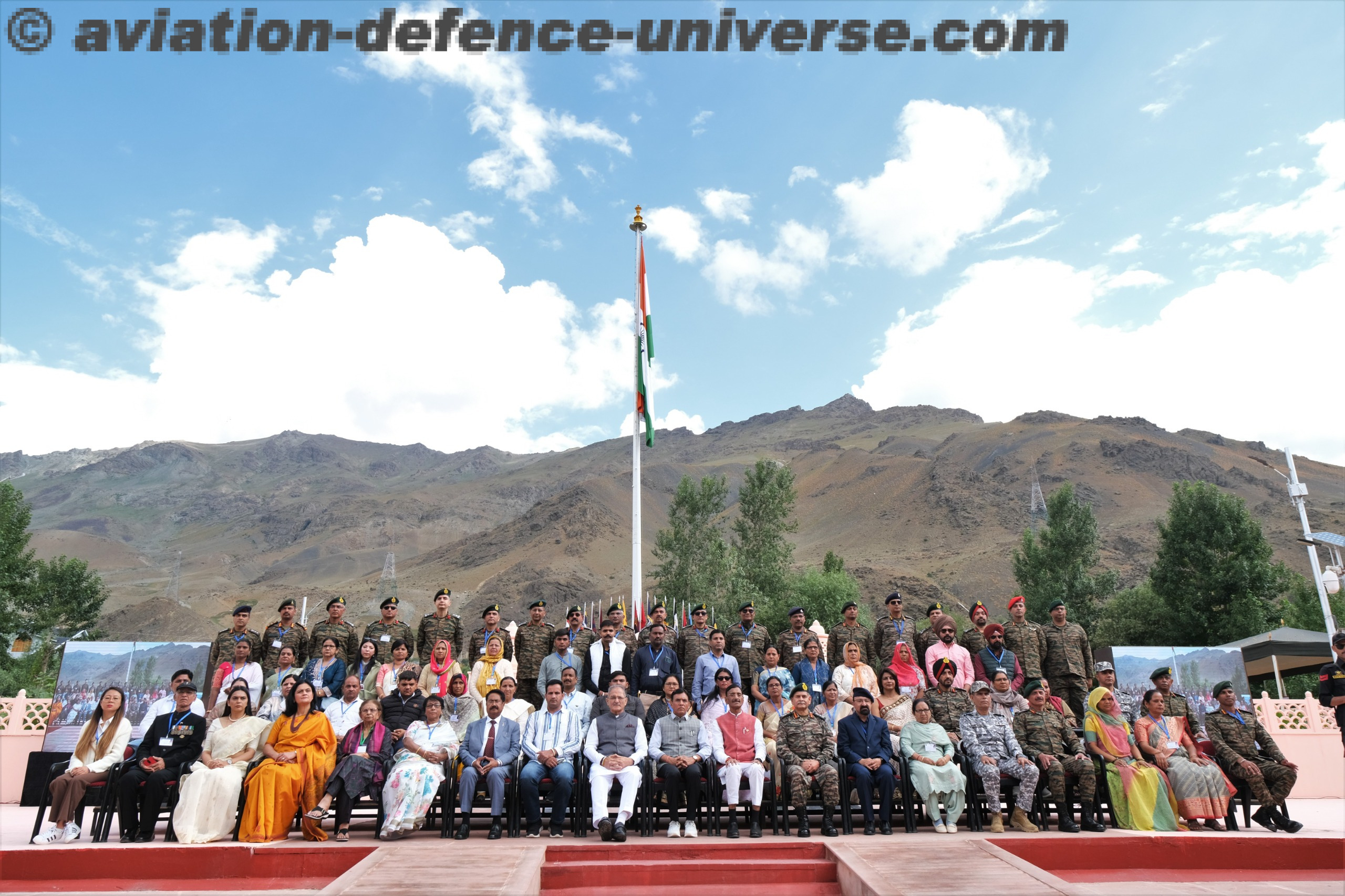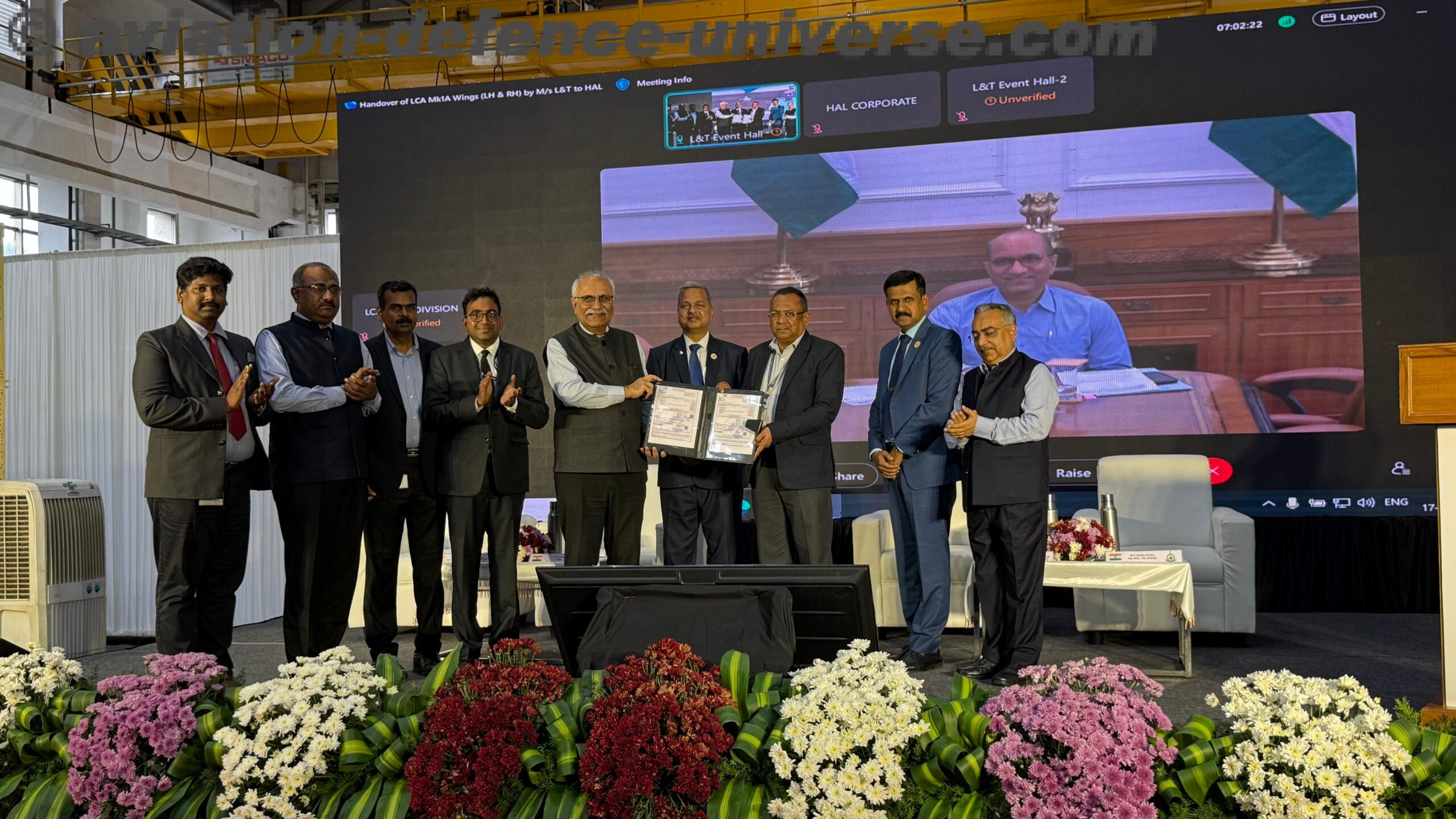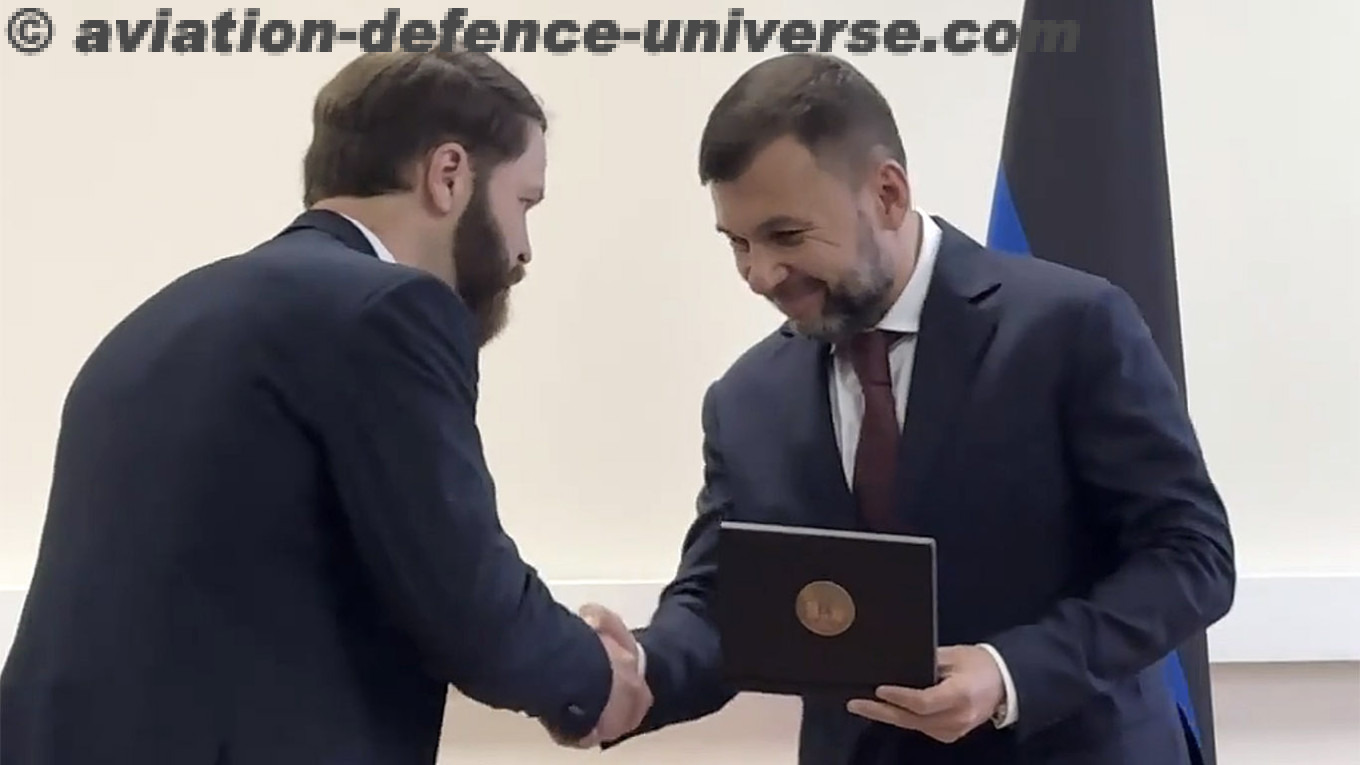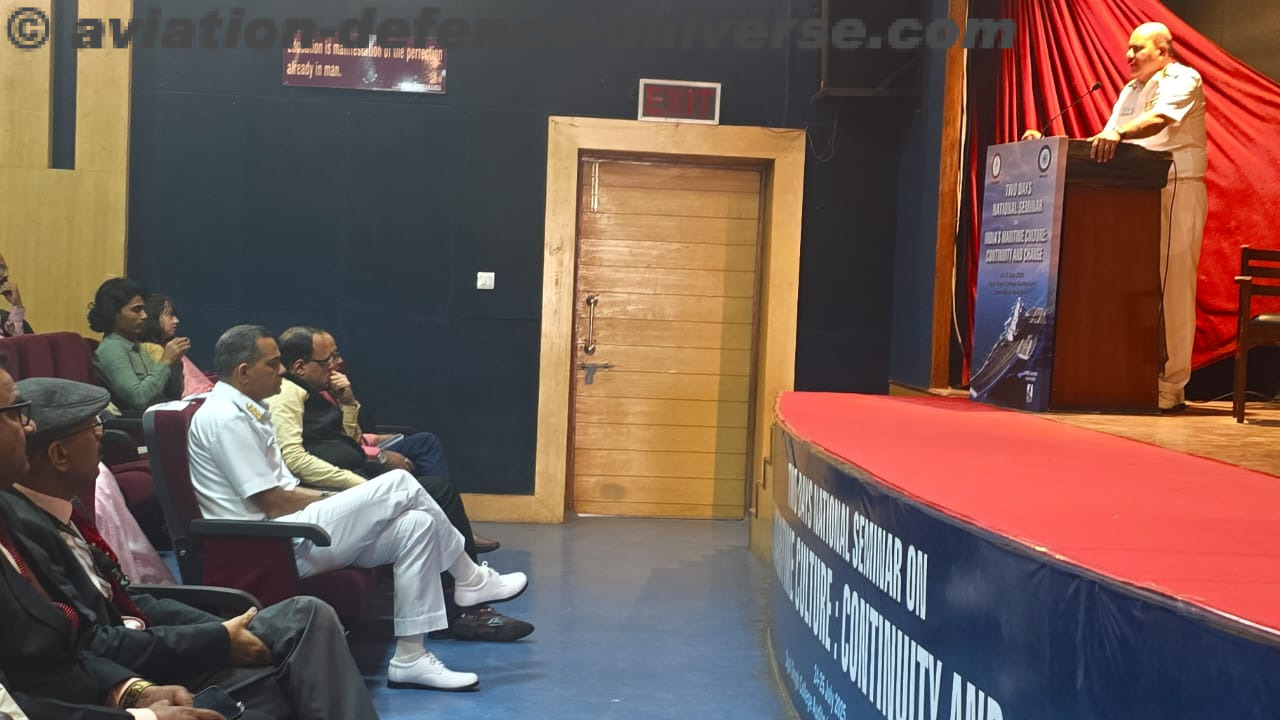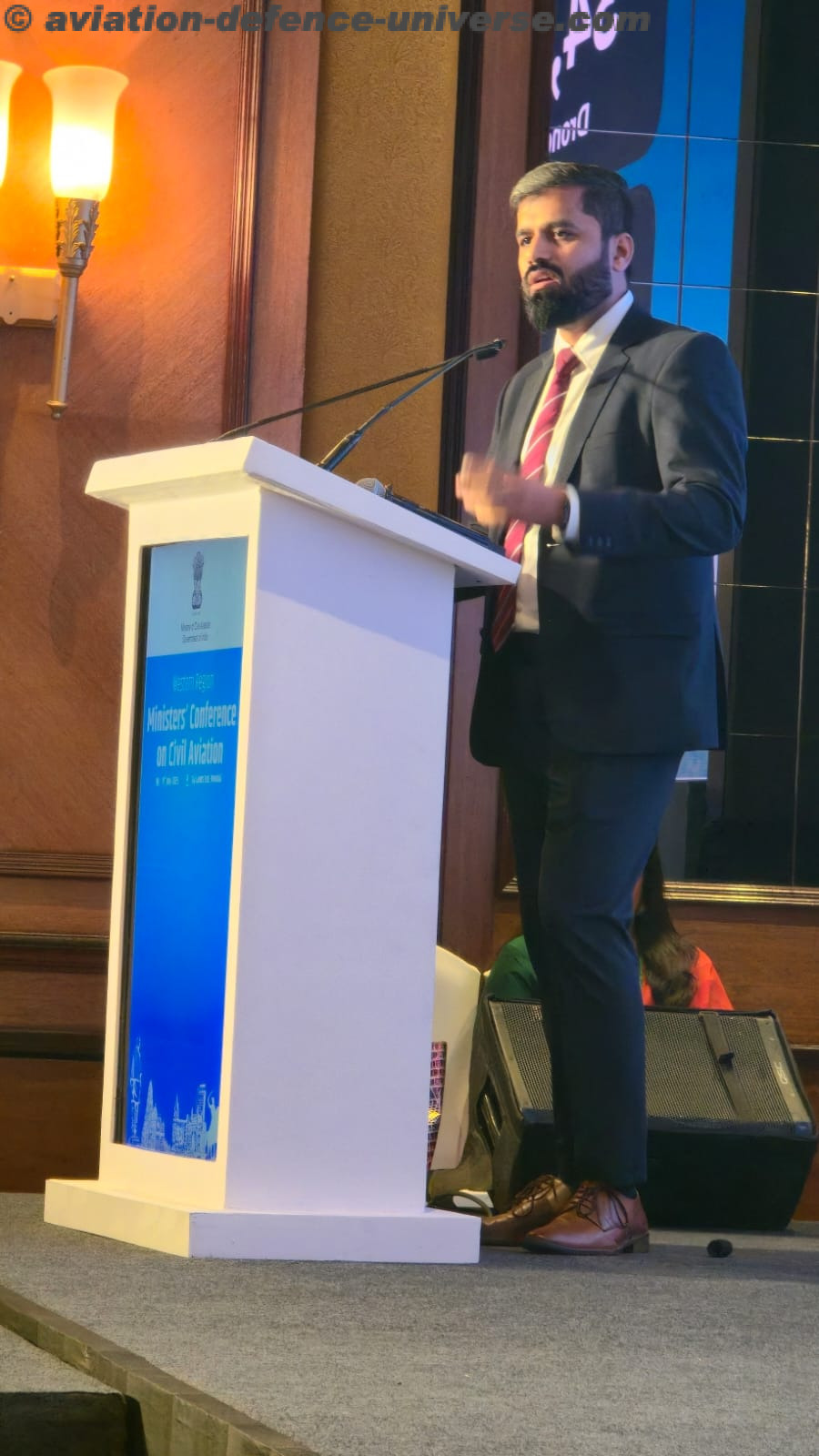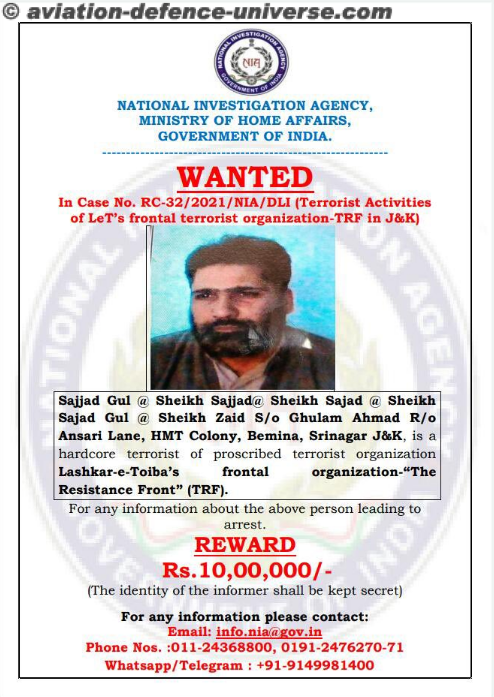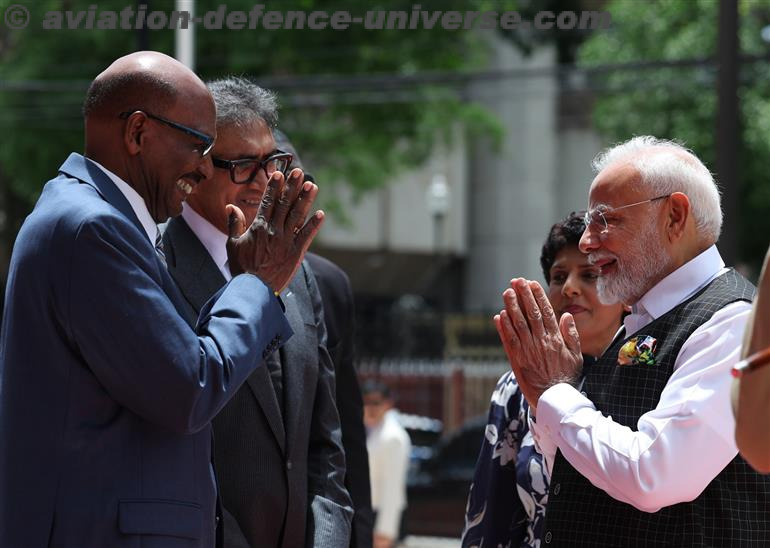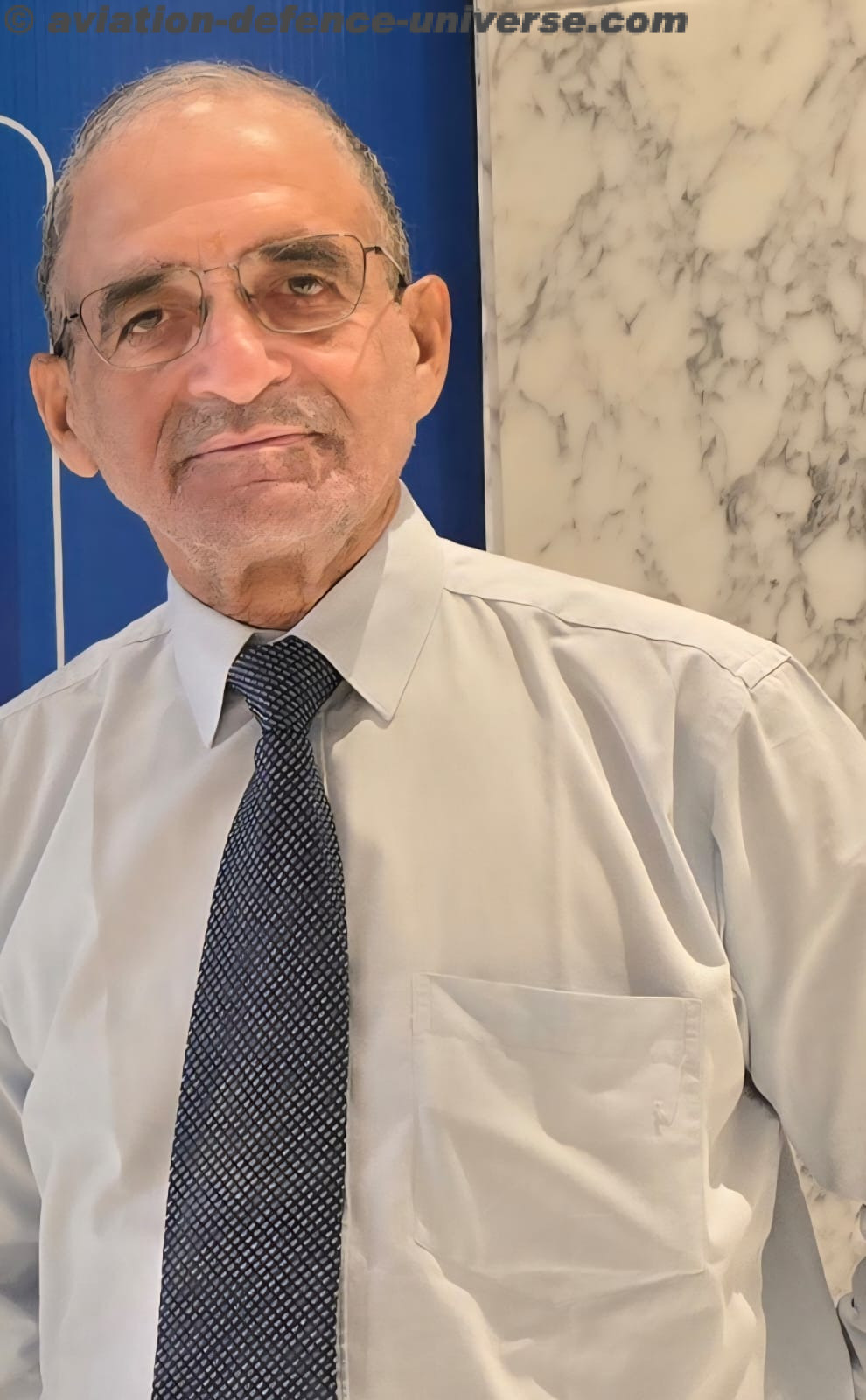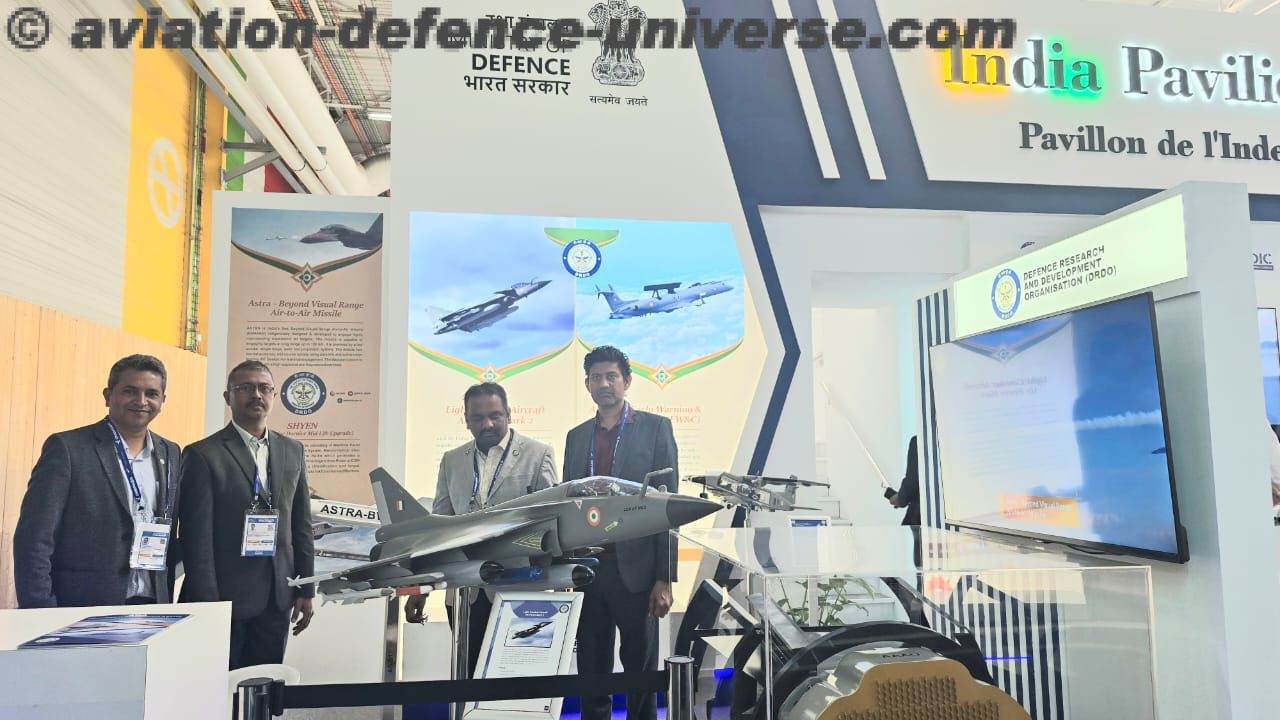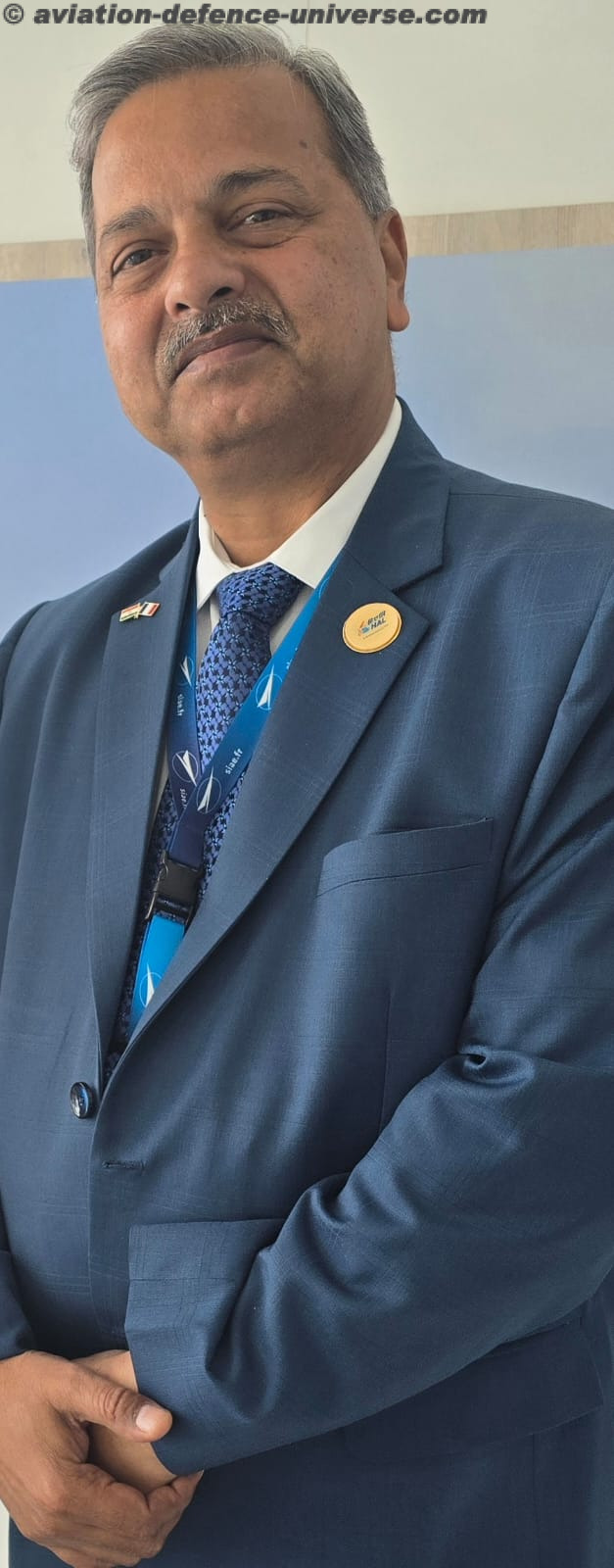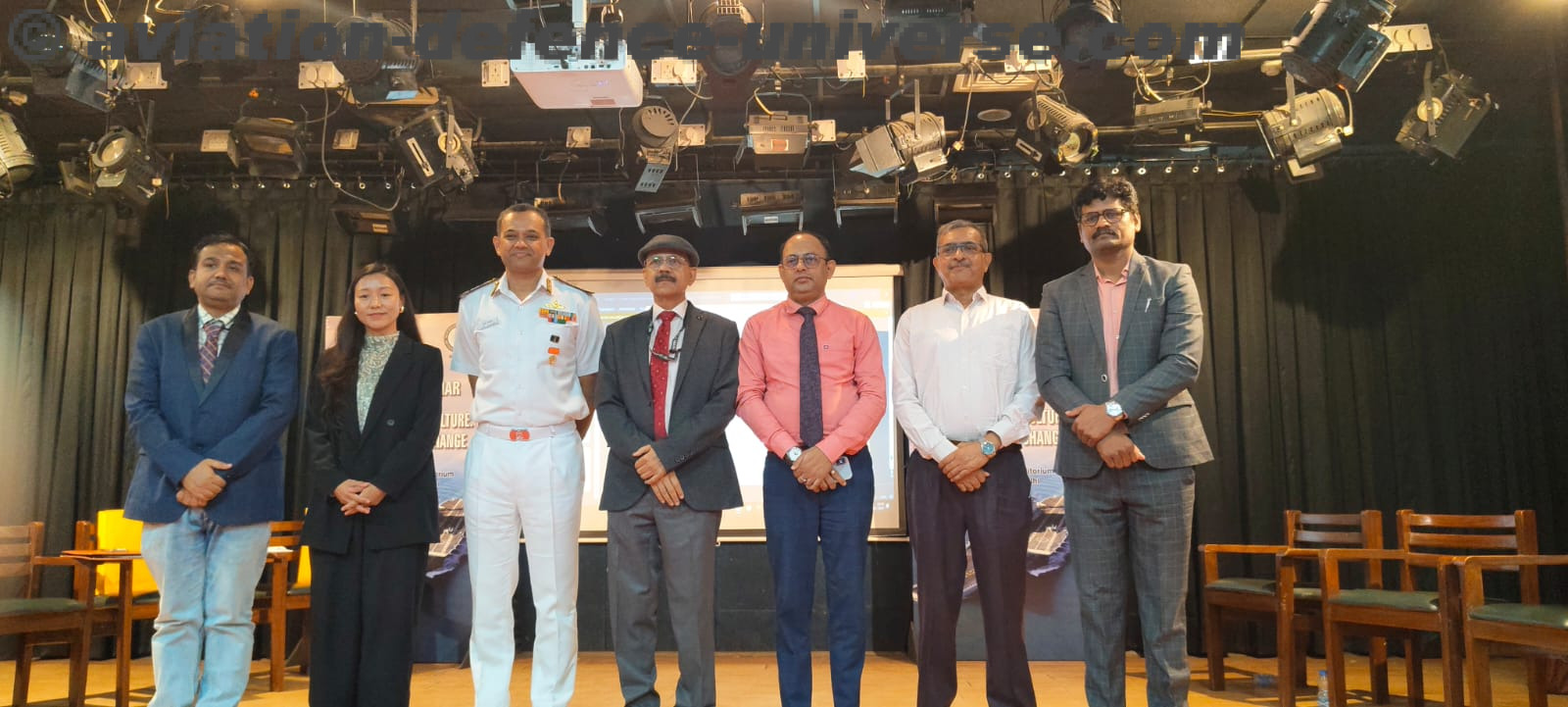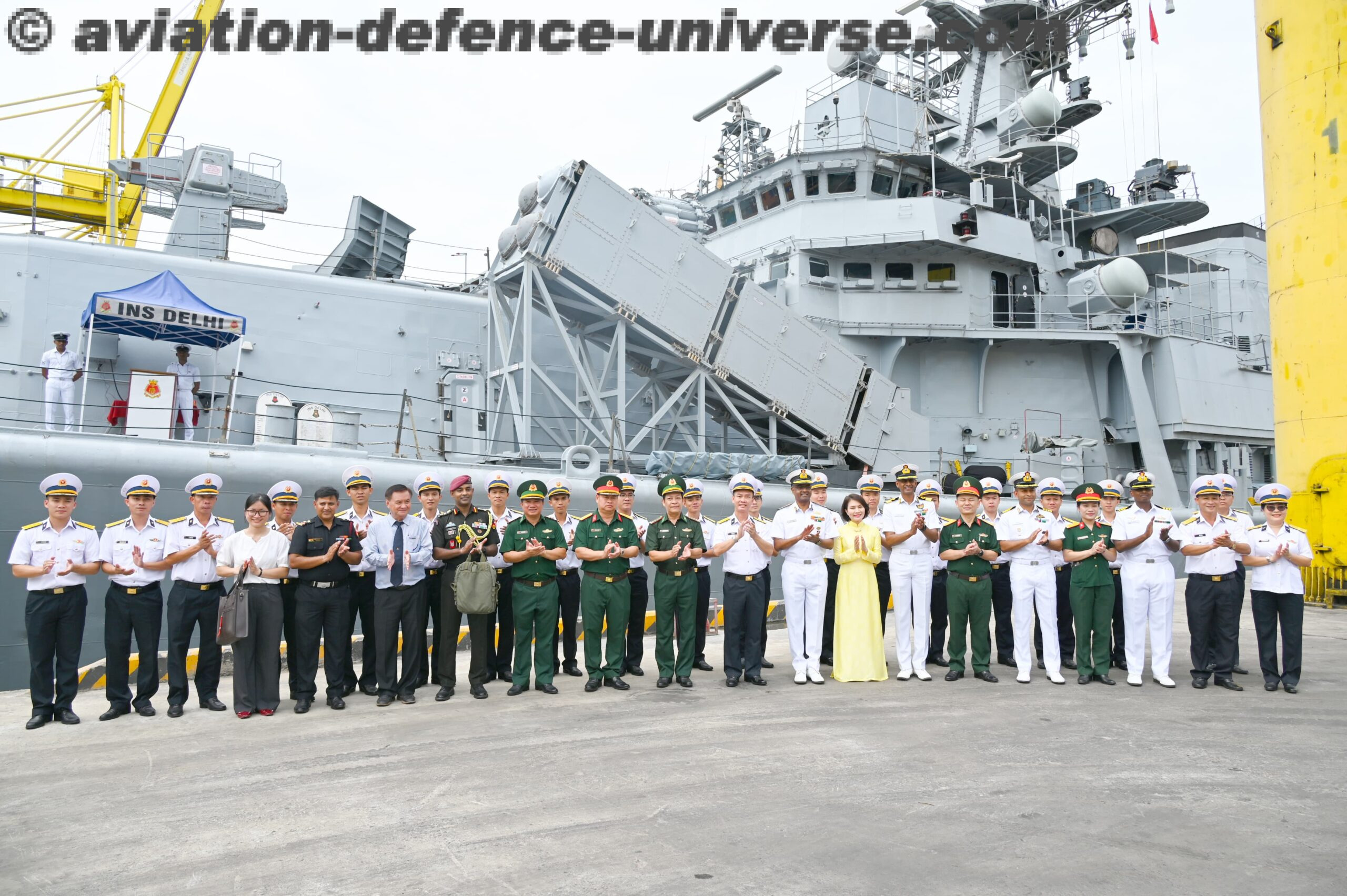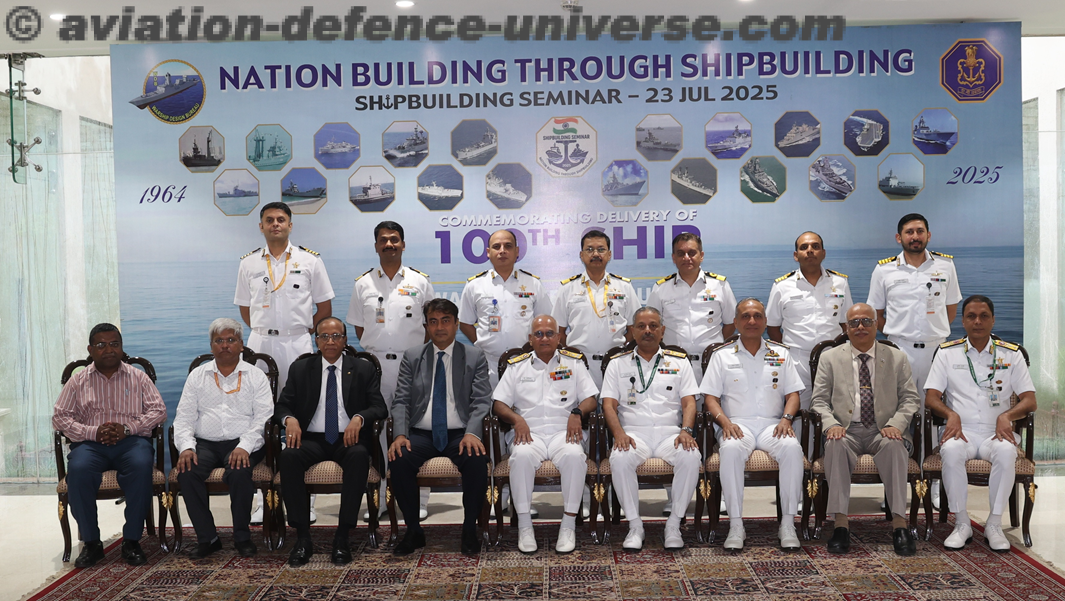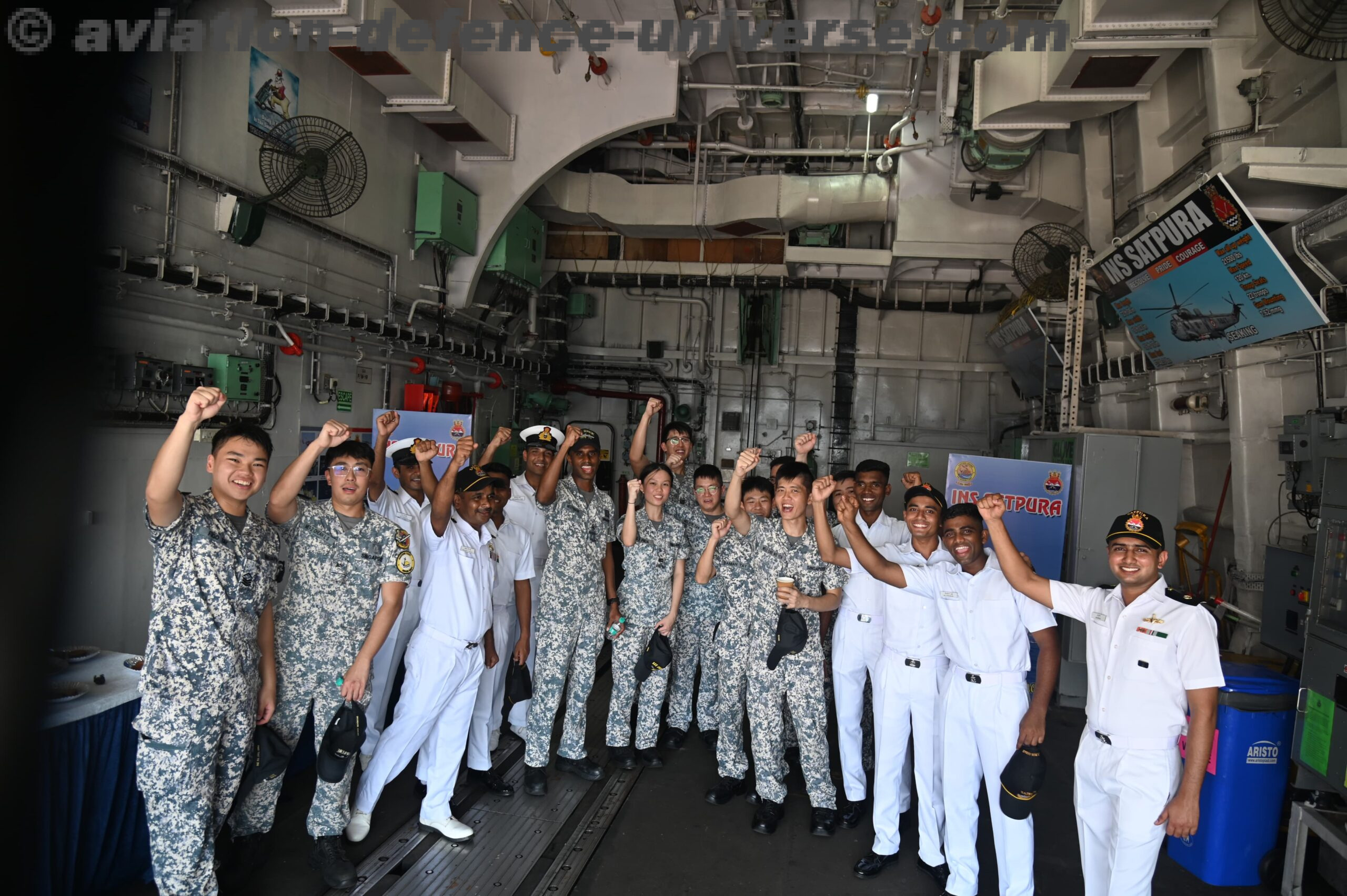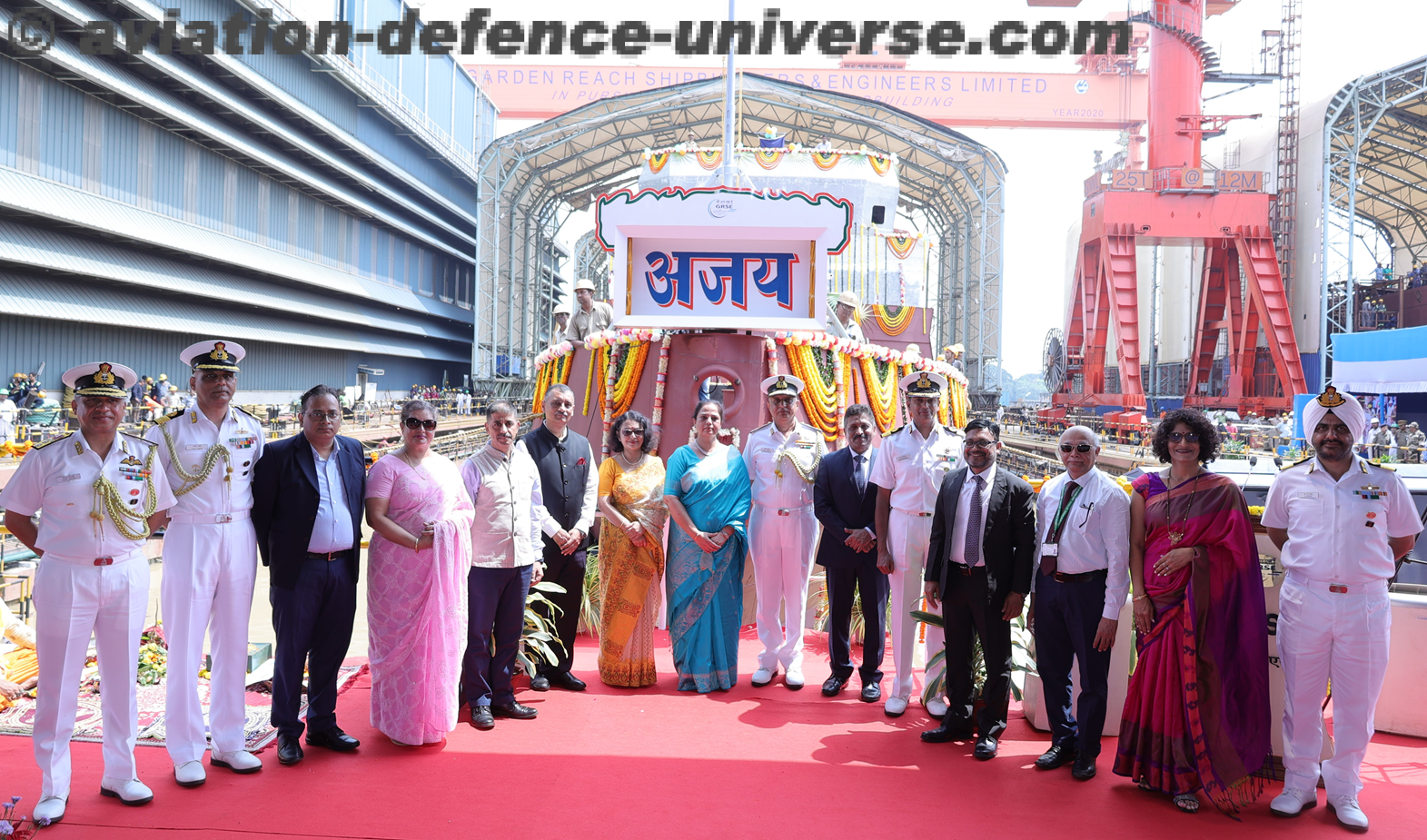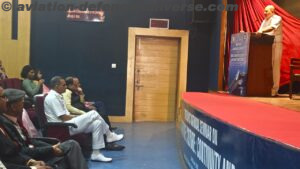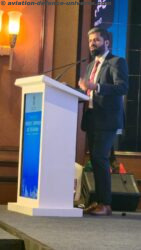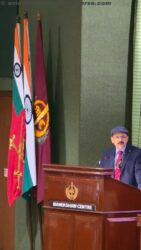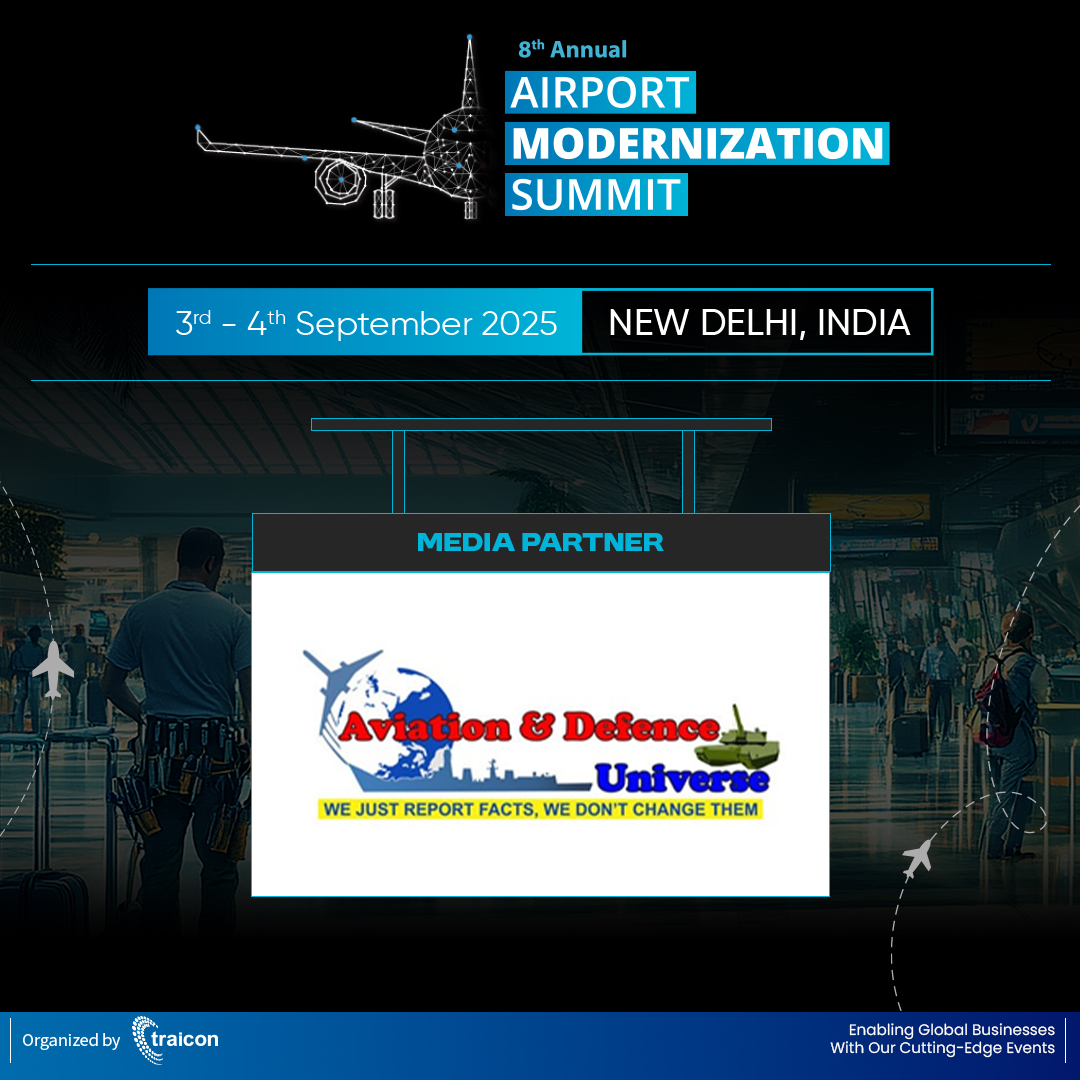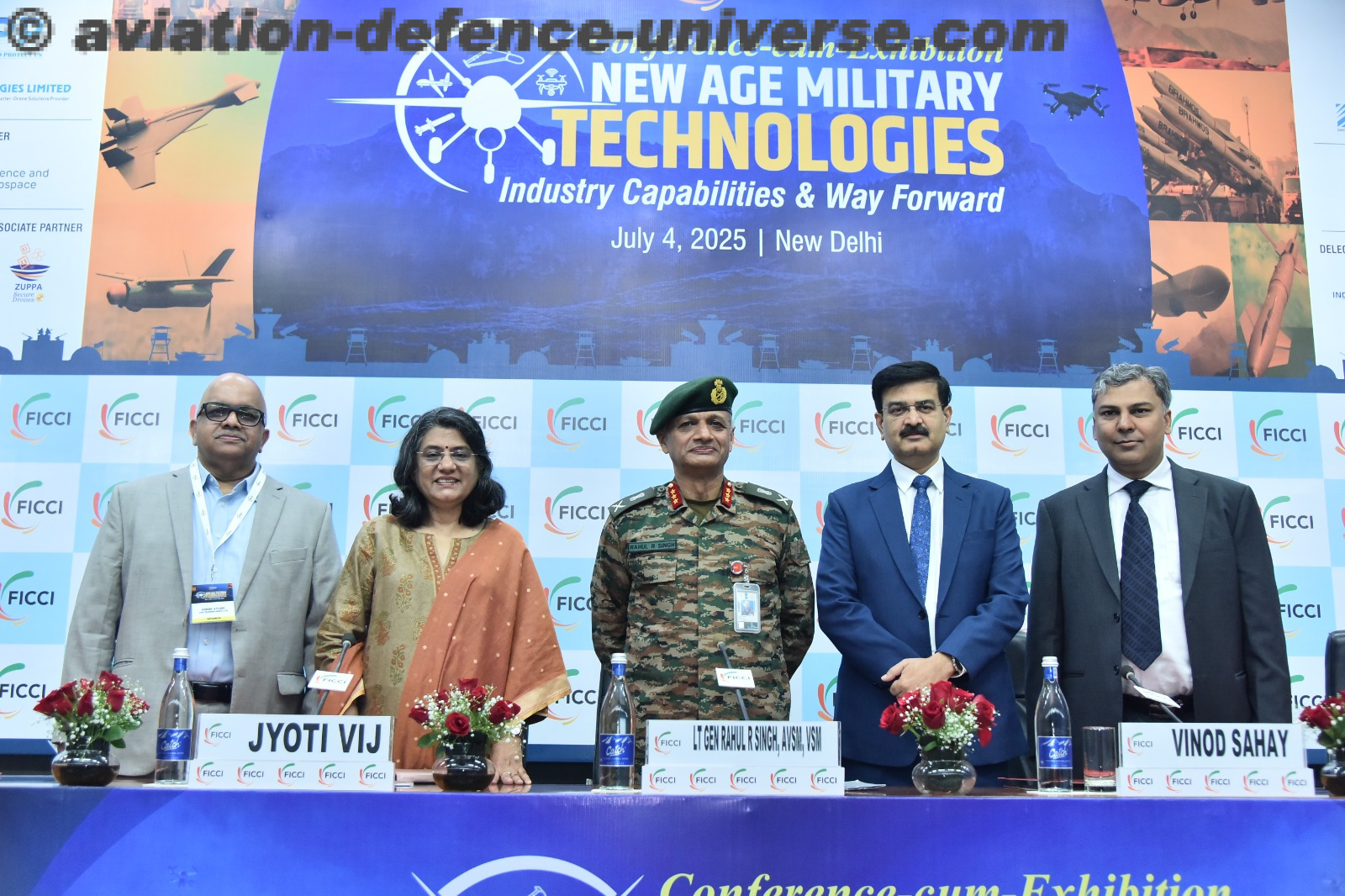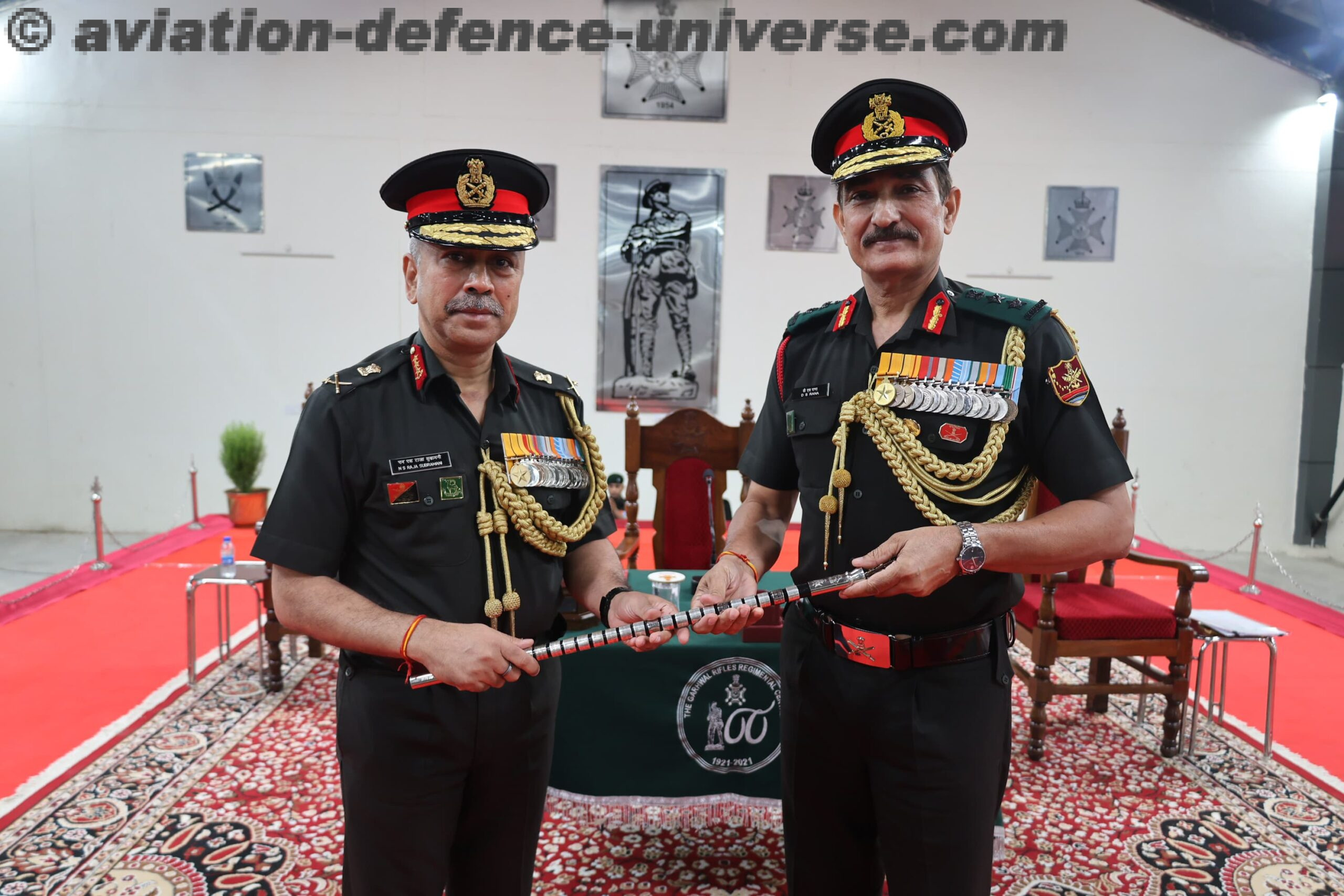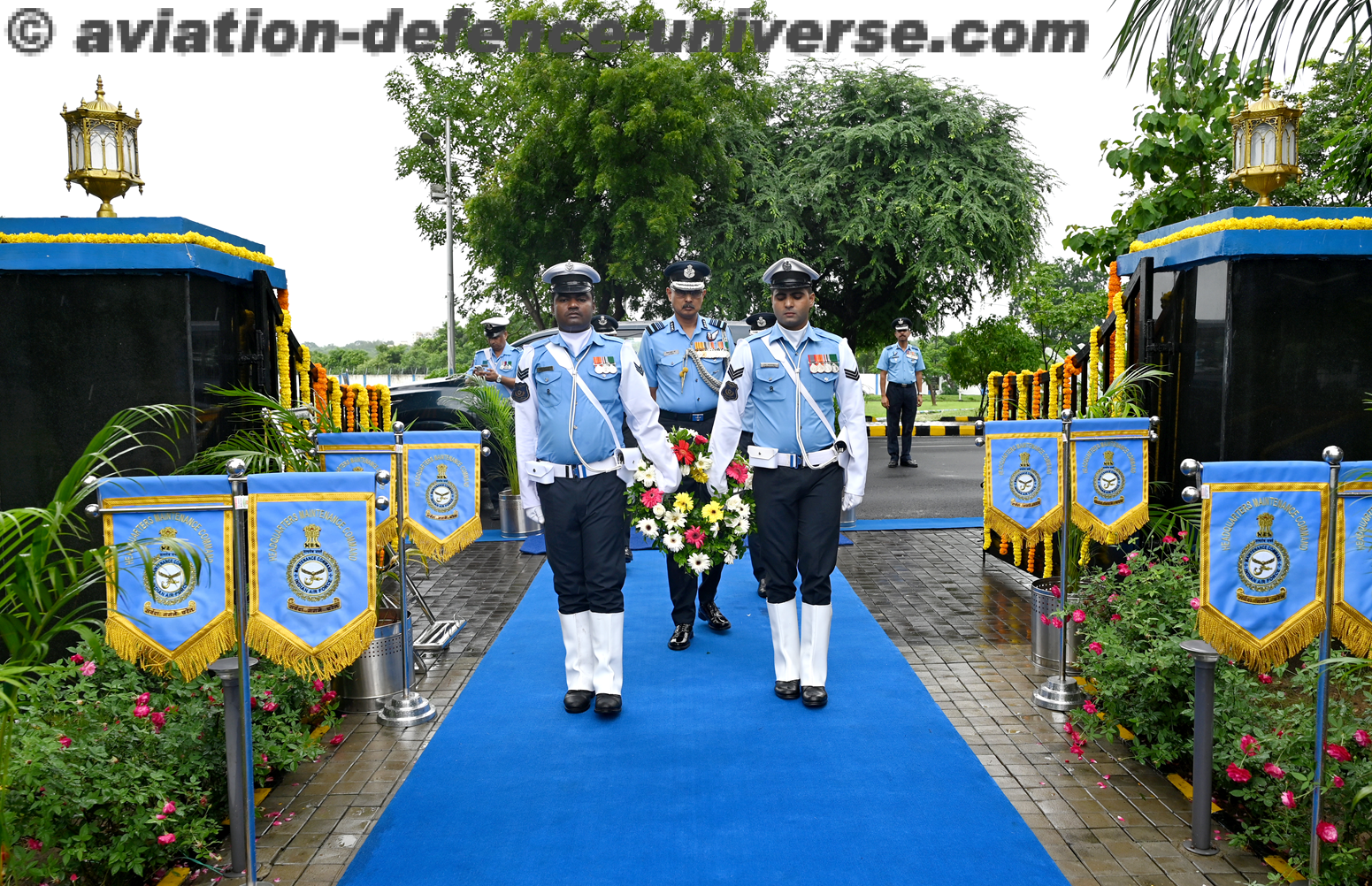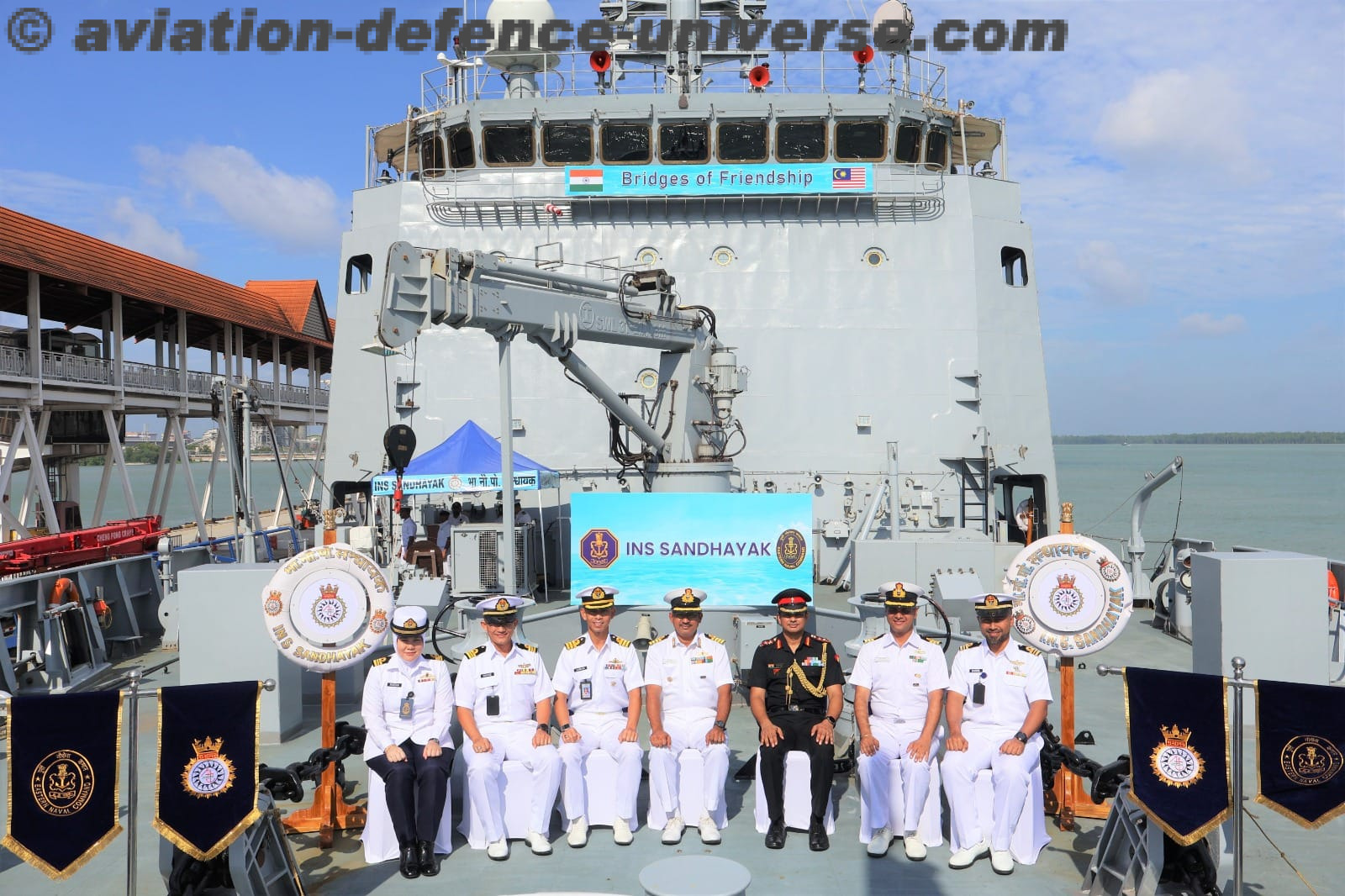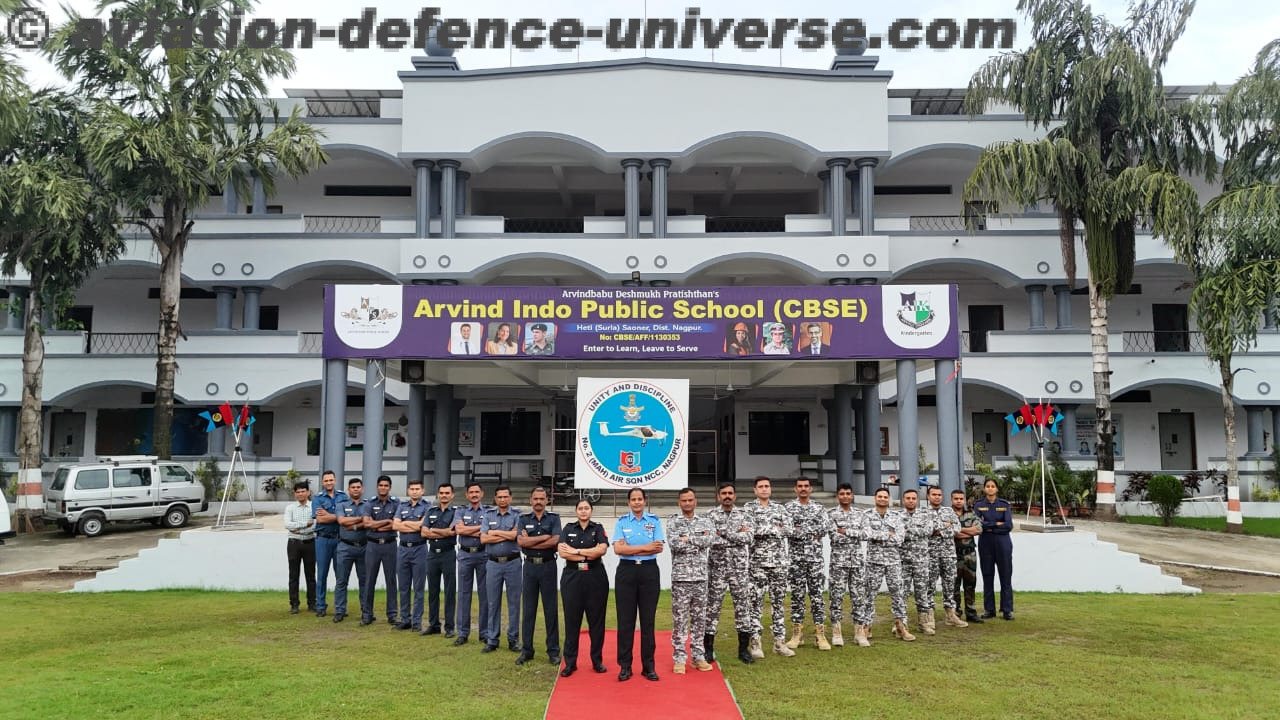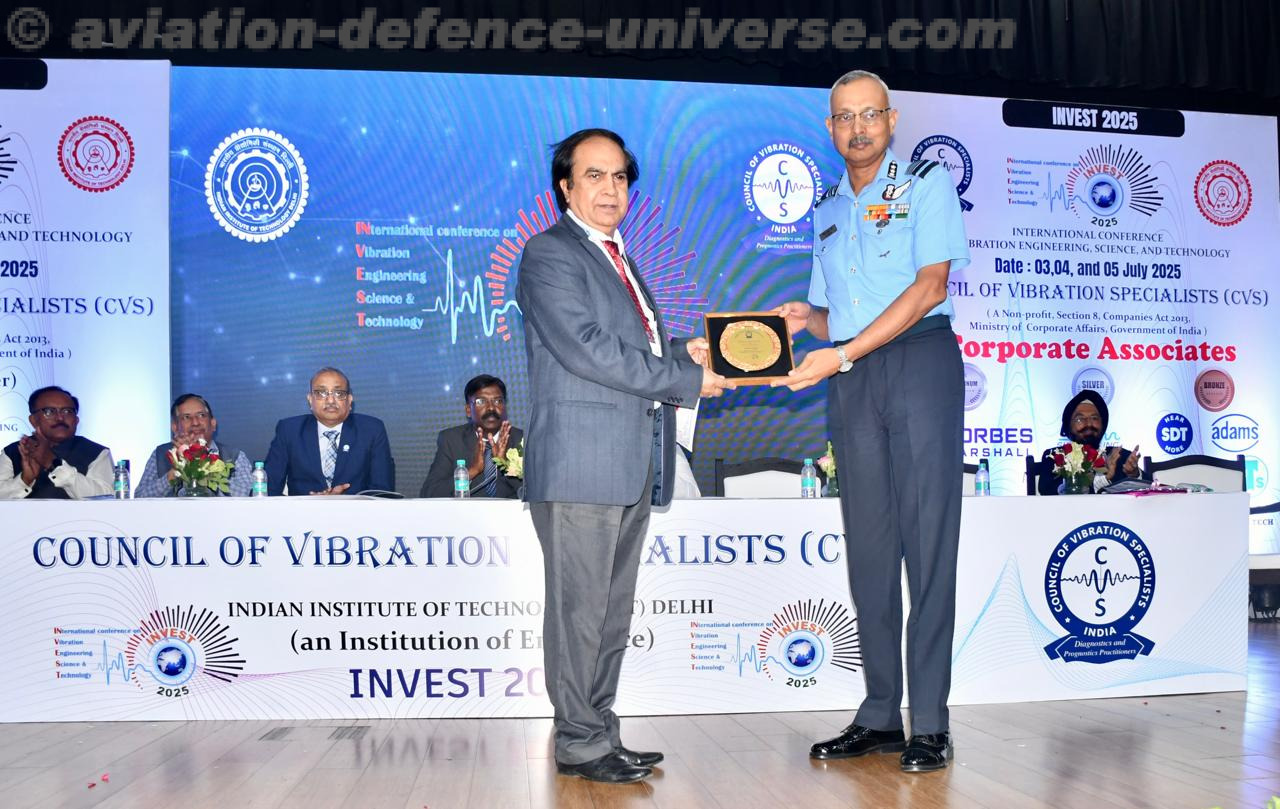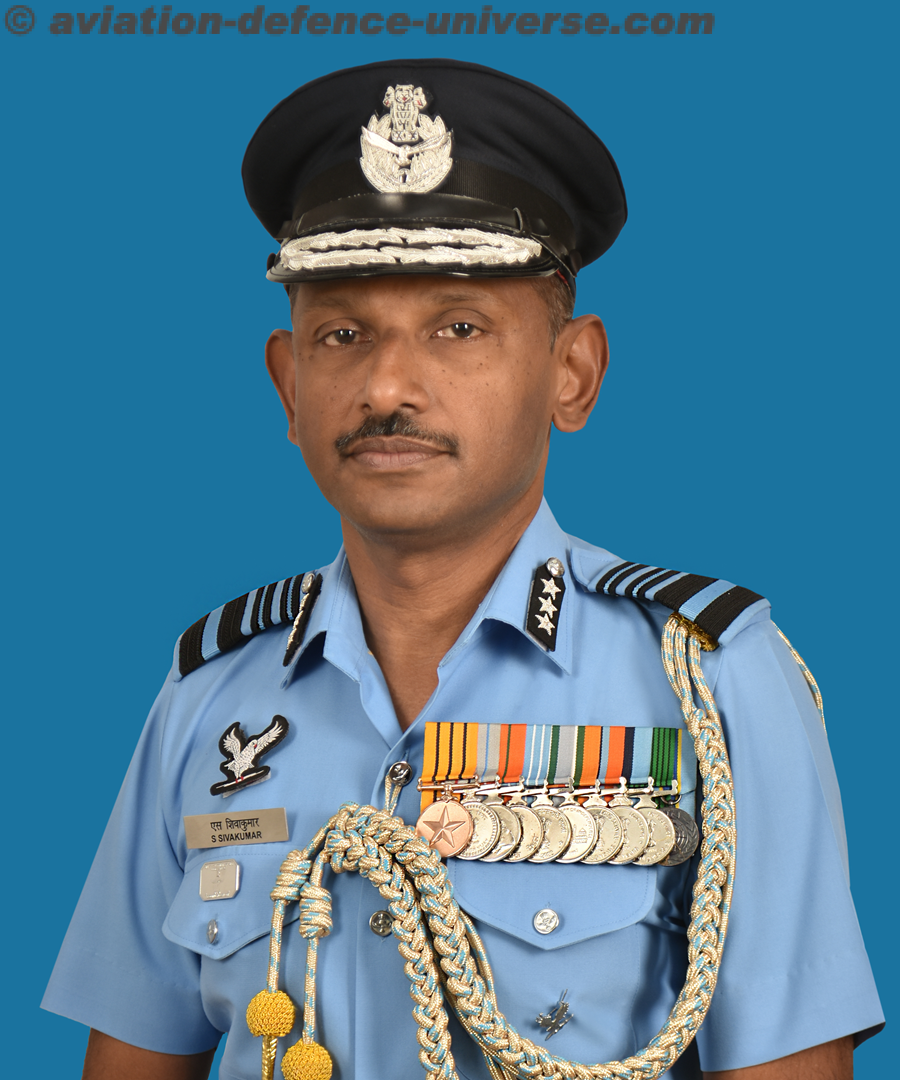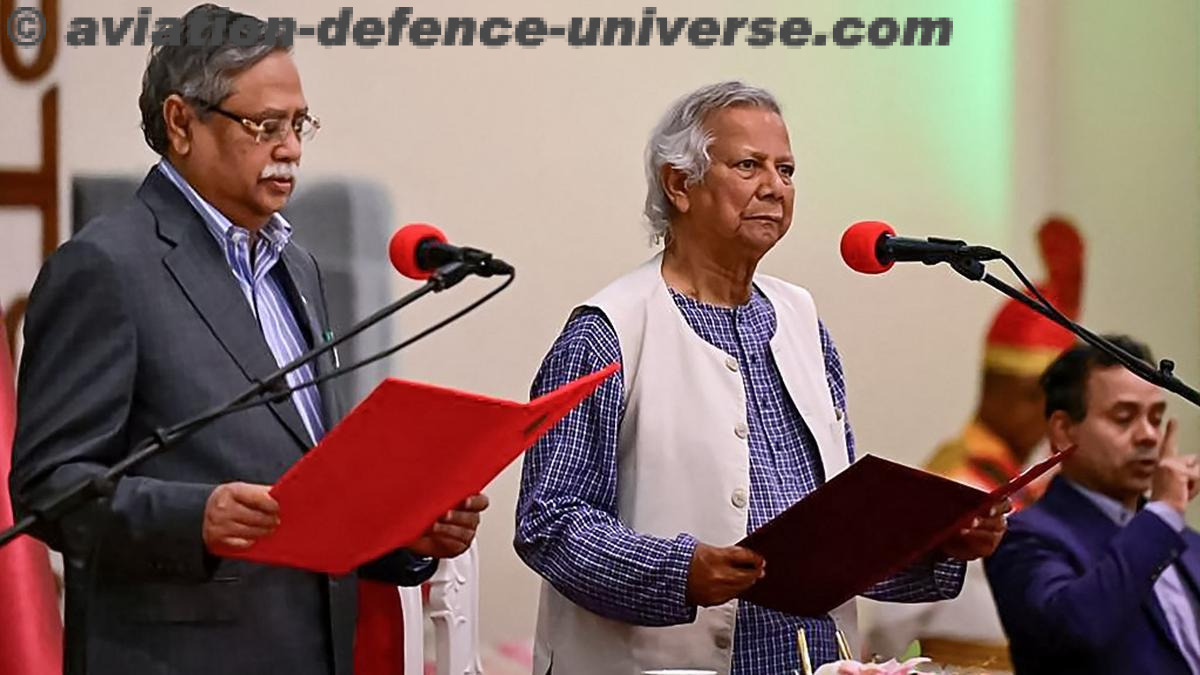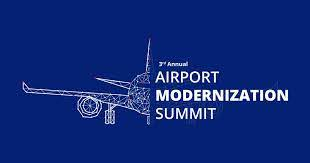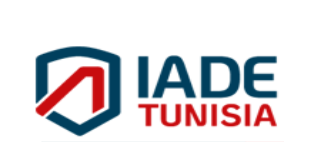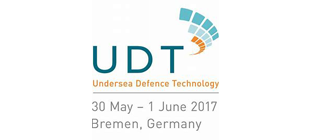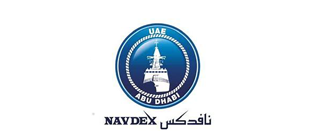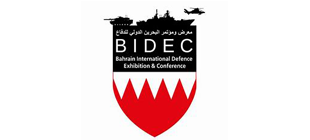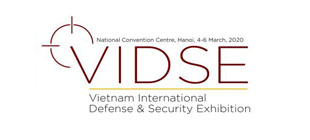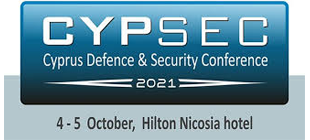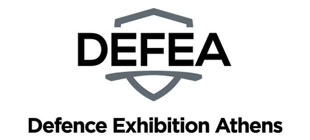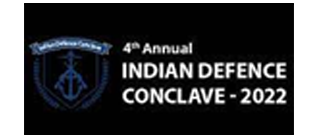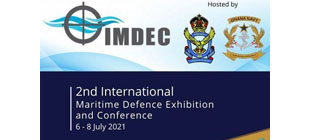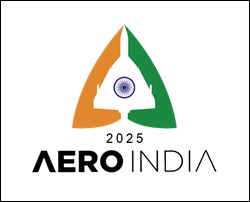
- From Kalapani to Connectivity: Day Two of CENJOWS-MAKAIS Maritime Seminar
- Eco-Labels, Indo-Pacific Alliances & Coastal Heritage
- India’s Oceanic Identity Reimagined Through Archaeology, IP, and Regional Cooperation
By Sangeeta Saxena
New Delhi. 25 July 2025. The second day of the CENJOWS–MAKAIAS seminar on India’s Maritime Culture: Continuity and Change continued to delve deep into India’s maritime narrative, with a sharp focus on security, diplomacy, development, and resilience. Building on the cultural and strategic legacy highlighted on Day One, the sessions on Day Two showcased India’s contemporary maritime posture in response to environmental, geopolitical, and economic challenges.
Started with Session 5 keeping in continuum with the Day1 of the event. The theme of “Shoreline Resilience: Maritime Communities and Risk Preparedness”, the session opened with DIG Pankaj Verma from the Coast Guard emphasising the integration of coastal security into the national defence framework. NC Sundar from the BSF’s Water Wing presented a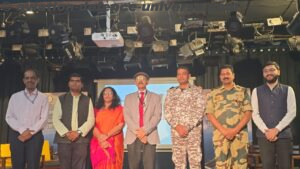 case study on Kutch’s coastal management strategies. Comdt Aditya Kumar (Retd), now with NDMA, explored disaster response capabilities via maritime platforms. Dr Sayantan Haldar of ORF highlighted the growing need for academic research on coastal risk, while Dr Nikunj Makwana from JNU spoke on eco-labelling and environmental responsibility. Prof B. Rupini from IGNOU concluded the session with an insightful presentation on HADR (Humanitarian Assistance and Disaster Relief) operations in the Indo-Pacific.
case study on Kutch’s coastal management strategies. Comdt Aditya Kumar (Retd), now with NDMA, explored disaster response capabilities via maritime platforms. Dr Sayantan Haldar of ORF highlighted the growing need for academic research on coastal risk, while Dr Nikunj Makwana from JNU spoke on eco-labelling and environmental responsibility. Prof B. Rupini from IGNOU concluded the session with an insightful presentation on HADR (Humanitarian Assistance and Disaster Relief) operations in the Indo-Pacific.
A subject which is not common knowledge Eco-labels dwelled on by Dr. Nikunj Makwana, JNU enlightened the audience. He informed that eco-labels play a significant role in promoting environmental protection by guiding consumer behavior toward greener and more sustainable products. By encouraging the purchase of eco-friendly goods, eco-labels contribute to reducing pollution, promoting efficient use of natural resources, and improving waste management. They also serve as a powerful incentive for manufacturers, motivating them to adopt sustainable practices and innovate in order to gain a competitive edge in the market. The eco-labelling regime aligns closely with India’s broader environmental policies, including the promotion of sustainable consumption and the Lifestyle for Environment (LiFE) movement. In this broader context of environmental responsibility, initiatives such as the Green Credit Programme and key legislations like the Air Act, Water Act, Environmental Protection Act, and the National Green Tribunal Act play a complementary role in strengthening the legal and policy framework for environmental sustainability.
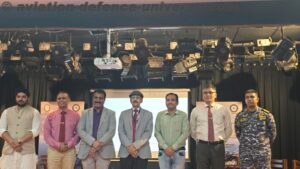 The sixth session, “Corridors and Connectivity: Maritime Security and Economic Diplomacy”, was chaired by Prof Vijay Khare and focused on the dual role of maritime infrastructure in national security and diplomacy. Dr. Pradipta Roy of Scottish Church College threw light on cultural and eco-tourism with special reference to Sunderbans and Gangasagar. Dr Pratip Chattopadhyay assessed the contributions of coastal states to India’s maritime strategy. Cmde Mathew Varghese from the Indian Navy presented the economic potential of India’s inland waterways, followed by Capt (IN) RS Sawan addressed modern-day piracy and its implications for trade. Indian Navy’s Cdr. Abeer Sharma wrapped up the session with stress on maritime safety and security with technology and collaboration.
The sixth session, “Corridors and Connectivity: Maritime Security and Economic Diplomacy”, was chaired by Prof Vijay Khare and focused on the dual role of maritime infrastructure in national security and diplomacy. Dr. Pradipta Roy of Scottish Church College threw light on cultural and eco-tourism with special reference to Sunderbans and Gangasagar. Dr Pratip Chattopadhyay assessed the contributions of coastal states to India’s maritime strategy. Cmde Mathew Varghese from the Indian Navy presented the economic potential of India’s inland waterways, followed by Capt (IN) RS Sawan addressed modern-day piracy and its implications for trade. Indian Navy’s Cdr. Abeer Sharma wrapped up the session with stress on maritime safety and security with technology and collaboration.
Interestingly Dr. Pradipta Roy took a stance which was not only novel but also Indian to the heart. He argued that the commonly held orthodox perception of the Indian Ocean as Kalapani—a forbidden or untouchable expanse—is an oversimplification and misrepresentation of the country’s relationship with the sea. While this notion has often dominated narratives, it does not encompass the broader cultural and spiritual engagements of coastal communities. He pointed out that religion especially in its coastal practices, reflects a deep connection with the ocean rather than a rejection of it. As an example, he refered to the Jagannath Mandir in Puri, which venerates is believed to have floated from Dwarka to Puri via the Arabian Sea and Bay of Bengal. The sacred object’s journey through the Indian Ocean, he suggests, challenges the idea that religion inherently avoids sea crossings.
Expanding on this argument, the speaker highlighted how the Indian coastline has long served as a conduit for cultural and religious exchange. He pointed to sites such as Totlakonda near Visakhapatnam, an ancient Indo-Singhalese trade and Buddhist monastic centre, to show that the Indian Ocean was historically a space of interaction, not isolation. According to him, if one were to travel along the coast from Mamallapuram to Kolkata, one would encounter numerous such markers of ancient maritime connectivity. Focusing on the Ganga Sagar pilgrimage, he notes that the site is revered as a holy confluence where the Ganges meets the sea, and further disproves the notion that the Indian Ocean is culturally taboo, arguing instead that India’s coastal traditions embody a longstanding spiritual and cultural engagement with the ocean.
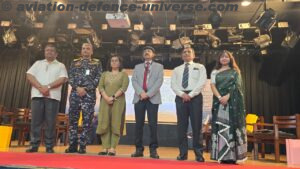 In Session 7, titled “Collective Horizons: Maritime Security in the Indo-Pacific and SAGAR”, discussions pivoted to multilateralism and regional collaboration. Prof Sriparna Pathak of O.P. Jindal Global University chaired the session and opened with remarks on the role of the QUAD in shaping collective maritime security. Capt (IN) Sarabjeet Parmar (Retd) emphasized collaborative approaches to security. Cmde (Dr) Ashok Rai (Retd) and Dr Ulupi Borah addressed bilateral cooperation with Vietnam and Japan respectively. Rear Admiral Nirbhay Bapna, ACNS (FCI), concluded the session by contextualising freedom of navigation, UNCLOS, and the evolving nature of information warfare in the Indian Ocean.
In Session 7, titled “Collective Horizons: Maritime Security in the Indo-Pacific and SAGAR”, discussions pivoted to multilateralism and regional collaboration. Prof Sriparna Pathak of O.P. Jindal Global University chaired the session and opened with remarks on the role of the QUAD in shaping collective maritime security. Capt (IN) Sarabjeet Parmar (Retd) emphasized collaborative approaches to security. Cmde (Dr) Ashok Rai (Retd) and Dr Ulupi Borah addressed bilateral cooperation with Vietnam and Japan respectively. Rear Admiral Nirbhay Bapna, ACNS (FCI), concluded the session by contextualising freedom of navigation, UNCLOS, and the evolving nature of information warfare in the Indian Ocean.
The moderator Prof. Sriparna Pathak of OP Jindal University emphasised that collective security is not merely a strategic framework but a fundamental principle rooted in the understanding that the safety of one nation is intrinsically linked to the safety of others. Since the establishment of the international system following the Second World War, efforts have consistently centred on preventing conflicts on the scale of the world wars through diplomacy, negotiation, and multilateral dialogue. However, the current global landscape reflects a disturbing regression to earlier periods of history, marked by a resurgence of multiple and complex forms of conflict and warfare. She added that although terrorism is not a traditional form of interstate warfare, its impact on civilians directly challenges state security, prompting a need for renewed international focus. Alongside this, new forms of aggression have emerged, including territorial annexation, the creation of artificial islands, the restriction of freedom of navigation, and the disruption of undersea communication cables—all of which challenge the current international rules-based order in unprecedented ways.
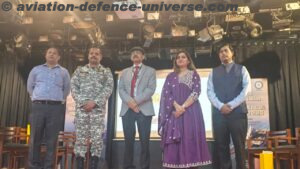 The final session of the seminar, “Maritime Tourism and Coastal Development”, shed light on sustainable growth models. Chaired by DIG Rajesh P of the Coast Guard, the session examined tourism as a national soft power tool. Archaeologist Tiya Chatterji offered insights into India’s maritime legacy through archaeological records. Lalit Ambastha from IP Bazaar concluded with a presentation on intellectual property in the maritime domain.
The final session of the seminar, “Maritime Tourism and Coastal Development”, shed light on sustainable growth models. Chaired by DIG Rajesh P of the Coast Guard, the session examined tourism as a national soft power tool. Archaeologist Tiya Chatterji offered insights into India’s maritime legacy through archaeological records. Lalit Ambastha from IP Bazaar concluded with a presentation on intellectual property in the maritime domain.
Surprisingly the topics which I am sure very few knew of in detail were from the last two speakers Tiya Chatterjee and Lalit Ambashtha. Tiya Chaterjee introduced the topic by focusing on the importance of preserving India’s maritime past through archaeological narratives that contribute to tourism and coastal development. Emphasising the role of marine archaeology in shaping these narratives, the speaker sought to draw attention to the need for both preservation and public engagement in India’s rich oceanic heritage. Marine archaeology, the speaker noted, involves both tangible and intangible cultural heritage, reflecting a broader spectrum of historical inquiry. She spoke passionately about nautical archaeology, for instance, is concerned with the study of shipwrecks, while underwater archaeology—the speaker’s own area of specialisation—focuses on submerged wrecks and other maritime finds beneath the sea surface. These disciplines collectively contribute to unearthing India’s lesser-known maritime history, providing a foundation for heritage-based tourism and fostering sustainable coastal growth.
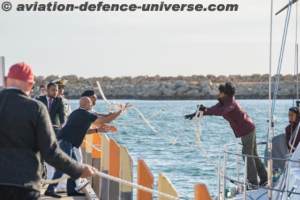 Lalit Ambashtha emphasised on the critical need for building patent literacy in India, particularly in the maritime domain, and highlighted how the country is lagging behind in key innovation benchmarks. He stated that the collaboration between industry and academia, extending technology readiness assessments (TRAs), and most importantly, adopting a long-term innovation vision—none of which are being adequately pursued at present. In the maritime sector, he said, there are several IP possibilities, including technologies related to anti-corrosion and submarines. India’s patent footprint remains alarmingly low , he informed. Citing global patent database findings, he revealed that in the past 10 years, the world filed around 12,195 maritime-related patents. In stark contrast, India filed only 73, while China filed 6,600 and the United States filed around 1,000. Of India’s filings, almost 65 were submitted by universities, many of which were considered “paper technologies” due to their low Technology Readiness Level (TRL) and lack of industry application. Notably, DRDO filed only three, and the Department of Atomic Energy filed just one patent in this sector during the same period.
Lalit Ambashtha emphasised on the critical need for building patent literacy in India, particularly in the maritime domain, and highlighted how the country is lagging behind in key innovation benchmarks. He stated that the collaboration between industry and academia, extending technology readiness assessments (TRAs), and most importantly, adopting a long-term innovation vision—none of which are being adequately pursued at present. In the maritime sector, he said, there are several IP possibilities, including technologies related to anti-corrosion and submarines. India’s patent footprint remains alarmingly low , he informed. Citing global patent database findings, he revealed that in the past 10 years, the world filed around 12,195 maritime-related patents. In stark contrast, India filed only 73, while China filed 6,600 and the United States filed around 1,000. Of India’s filings, almost 65 were submitted by universities, many of which were considered “paper technologies” due to their low Technology Readiness Level (TRL) and lack of industry application. Notably, DRDO filed only three, and the Department of Atomic Energy filed just one patent in this sector during the same period.
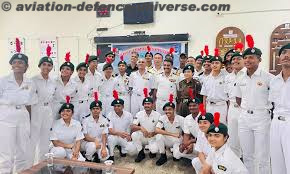 Sub-Lt. Dr. Himanshu Sharma, ANO, NCC Naval Wing, Dayal Singh College stressed on the role of cadets on the coastline and as ambassadors of blue tourism. He stressed that NCC naval wing, has a significant role to play in supporting India’s ecological and cultural maritime domains. Through structured programmes and training modules, NCC cadets can contribute meaningfully to biodiversity conservation and environmental awareness, especially in coastal and ecologically sensitive regions. He added, “ India’s coastal ecosystems, including mangroves and wetlands, serve as natural disaster buffers, protecting human life and infrastructure from cyclones and tsunamis. Moreover, these cadets can contribute to climate change mitigation by engaging in mangrove afforestation, conducting awareness campaigns, and promoting climate-resilient practices to counteract sea level rise and coastal erosion. In the area of pollution prevention and habitat conservation, NCC cadets can participate in activities such as beach cleanups, anti-pollution drives, and marine waste management campaigns. These initiatives foster ecological sustainability and public consciousness about marine degradation. Additionally, by supporting government-led efforts like the Coastal Regulation Zone (CRZ) Notification 2019 and Integrated Coastal Zone Management (ICZM), NCC naval cadets can act as eco-ambassadors, advocating for compliance and promoting sustainable coastal development.”
Sub-Lt. Dr. Himanshu Sharma, ANO, NCC Naval Wing, Dayal Singh College stressed on the role of cadets on the coastline and as ambassadors of blue tourism. He stressed that NCC naval wing, has a significant role to play in supporting India’s ecological and cultural maritime domains. Through structured programmes and training modules, NCC cadets can contribute meaningfully to biodiversity conservation and environmental awareness, especially in coastal and ecologically sensitive regions. He added, “ India’s coastal ecosystems, including mangroves and wetlands, serve as natural disaster buffers, protecting human life and infrastructure from cyclones and tsunamis. Moreover, these cadets can contribute to climate change mitigation by engaging in mangrove afforestation, conducting awareness campaigns, and promoting climate-resilient practices to counteract sea level rise and coastal erosion. In the area of pollution prevention and habitat conservation, NCC cadets can participate in activities such as beach cleanups, anti-pollution drives, and marine waste management campaigns. These initiatives foster ecological sustainability and public consciousness about marine degradation. Additionally, by supporting government-led efforts like the Coastal Regulation Zone (CRZ) Notification 2019 and Integrated Coastal Zone Management (ICZM), NCC naval cadets can act as eco-ambassadors, advocating for compliance and promoting sustainable coastal development.”
The two-day seminar concluded with remarks by the Director General of CENJOWS, who emphasised the importance of integrating India’s maritime heritage with its future strategic imperatives. Dr Monojit Das, Senior Fellow at CENJOWS, delivered the vote of thanks, acknowledging the collaboration between military thinkers, academic institutions, and government bodies. The seminar successfully highlighted how India’s maritime culture—rich in legacy and full of promise—is integral to its rise as a regional and global maritime power.
Keep a track of upcoming coverages of the different sessions of this seminar.











